Though expectations vary from one discipline to the next, the conclusion of your paper is generally a place to explore the implications of your topic or argument. In other words, the end of your paper is a place to look outward or ahead in order to explain why you made the points you did.
Writing the Conclusion
In the past, you may have been told that your conclusion should summarize what you have already said by restating your thesis and main points. It is often helpful to restate your argument in the conclusion, particularly in a longer paper, but most professors and instructors want students to go beyond simply repeating what they have already said. Restating your thesis is just a short first part of your conclusion. Make sure that you are not simply repeating yourself; your restated thesis should use new and interesting language.
After you have restated your thesis, you should not just summarize the key points of your argument. Your conclusion should offer the reader something new to think about–or, at the very least, it should offer the reader a new way of thinking about what you have said in your paper.
You can employ one of several strategies for taking your conclusion that important step further:
- Answer the question, “So what?”
- Connect to a larger theme from the course
- Complicate your claim with an outside source
- Pose a new research question as a result of your paper’s findings
- Address the limitations of your argument
The strategy you employ in writing a conclusion for your paper may depend upon a number of factors:
- The conventions of the discipline in which you are writing
- The tone of your paper (whether your paper is analytical, argumentative, explanatory, etc.)
- Whether your paper is meant to be formal or informal
Choose a strategy that best maintains the flow and tone of your paper while allowing you to adequately tie together all aspects of your paper.
The Final “So what?” Strategy
Part of generating a thesis statement sometimes requires answering the “so what?” question–that is, explaining the significance of your basic assertion. When you use the “so what?” strategy to write your conclusion, you are considering what some of the implications of your argument might be beyond the points already made in your paper. This strategy allows you to leave readers with an understanding of why your argument is important in a broader context or how it can apply to a larger concept.
For example, consider a paper about alcohol abuse in universities. If the paper argues that alcohol abuse among students depends more on psychological factors than simply the availability of alcohol on campus, a “so what?” conclusion might tie together threads from the body of the paper to suggest that universities are not approaching alcohol education from the most effective perspective when they focus exclusively on limiting students’ access to alcohol.
To use this strategy, ask yourself, “How does my argument affect how I approach the text or issue?”
The “Connecting to a Course Theme” Strategy
When you use the “connecting to a course theme” strategy to write your conclusion, you are establishing a connection between your paper’s thesis and a larger theme or idea from the course for which you are writing your paper.
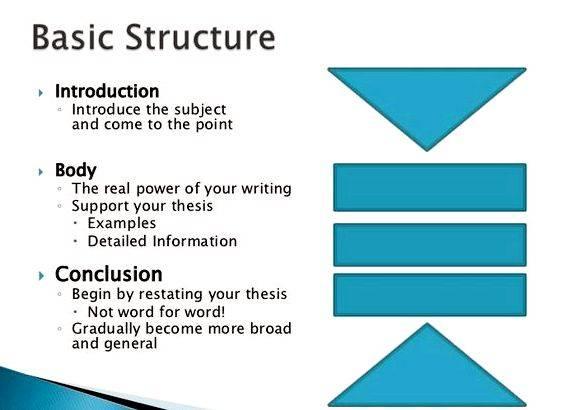
For example, consider a paper about mothers and daughters in Eudora Welty’s Delta Wedding for a class called “The Inescapable South.” This paper argues that a strong dependence on the mother is analogous to a strong dependence on the South. A “connecting to a course theme” conclusion for this paper might propose that Welty’s daughter characters demonstrate what type of people can and cannot escape the South.
To use this strategy, ask yourself, “What is an overall theme of this course? How does my paper’s thesis connect?”
The “Complicating Your Claim” Strategy
When you use the “complicating your claim” strategy to write your conclusion, you are using one or more additional resources to develop a more nuanced final thesis. Such additional resources could include a new outside source or textual evidence that seemingly contradicts your argument.
For example, consider a paper about Ireland’s neutrality during World War II. This paper argues that Ireland refused to enter the war because it wanted to assert its sovereignty, not because it had no opinion about the conflict. A “complicating your claim” conclusion for this paper might provide historical evidence that Ireland did aid the Allies, suggesting that the Irish were more influenced by international diplomacy than their formal neutrality might suggest.
To use this strategy, ask yourself, “Is there any evidence against my thesis?” or “What does an outside source have to say about my thesis?”
The “Posing a New Question” Strategy
When you use the “posing a new question” strategy to write your conclusion, you are inviting the reader to consider a new idea or question that has appeared as a result of your argument.
For example, consider a paper about three versions of the folktale “Rapunzel.” This paper argues that German, Italian, and Filipino versions of “Rapunzel” all vary in terms of characterization, plot development, and moral, and as a result have different themes. A “posing a new question” conclusion for this paper might ask the historical and cultural reasons for how three separate cultures developed such similar stories with such different themes.
To use this strategy, ask yourself, “What new question has developed out of my argument?”
The “Addressing Limitations” Strategy
When you use the “addressing limitations” strategy to write your conclusion, you are discussing the possible weaknesses of your argument and, thus, the fallibility of your overall conclusion. This strategy is often useful in concluding papers on scientific studies and experiments.
For example, consider a paper about an apparent correlation between religious belief and support for terrorism. An “addressing limitations” conclusion for this paper might suggest that the apparent correlation relies on the paper’s definition of “terrorism” and, since the definition is not objective, the apparent correlation might have been wrongly identified.
To use this strategy, ask yourself, “In what aspects is my argument lacking? Are there circumstances in which my conclusions might be wrong?”
Polishing Your Conclusion–and Your Paper
After you’ve completed your conclusion, look over what you have written and consider making some small changes to promote clarity and originality:
- Unless your discipline requires them, remove obvious transitions like “in conclusion,” “in summary,” and “in result” from your conclusion; they get in the way of the actual substance of your conclusion.
- Consider taking a strong phrase from your conclusion and using it as the title or subtitle of your paper.
Also, be sure to proofread your conclusion carefully for errors and typos. You should double-check your entire paper for accuracy and correct spelling as well.
Produced by Writing Tutorial Services, Indiana University, Bloomington, IN
wts/shtml_navs/iub.jpg” />
Writing Tutorial Services
Center for Innovative Teaching and Learning
Wells Library Learning Commons, 1320 E. Tenth St. Bloomington, IN 47405
Phone: (812) 855-6738
Comments


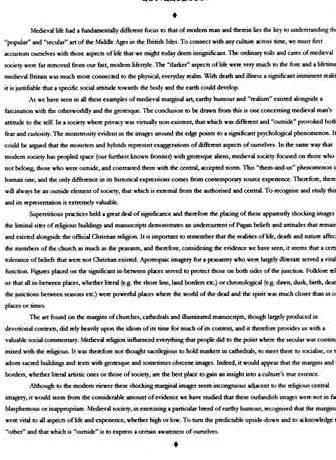


 Philosophy of social science phd dissertation
Philosophy of social science phd dissertation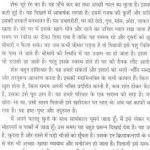 Do young park dissertation proposal
Do young park dissertation proposal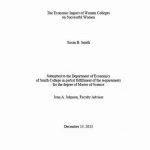 Ma history dissertation guidelines university
Ma history dissertation guidelines university Dissertation writing schedule for writers
Dissertation writing schedule for writers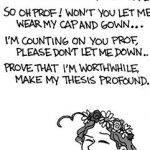 Phd dissertation defense tips clash
Phd dissertation defense tips clash






